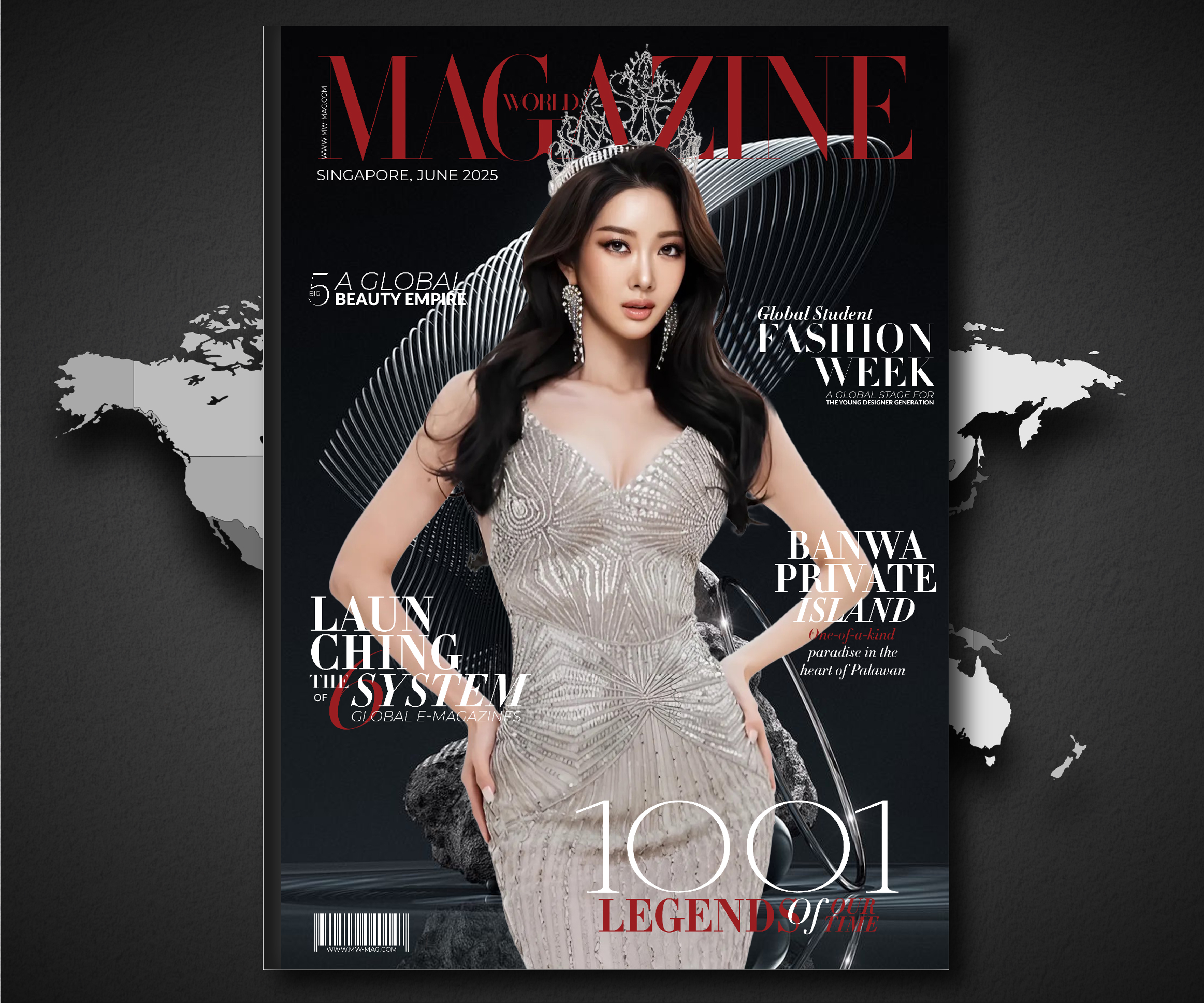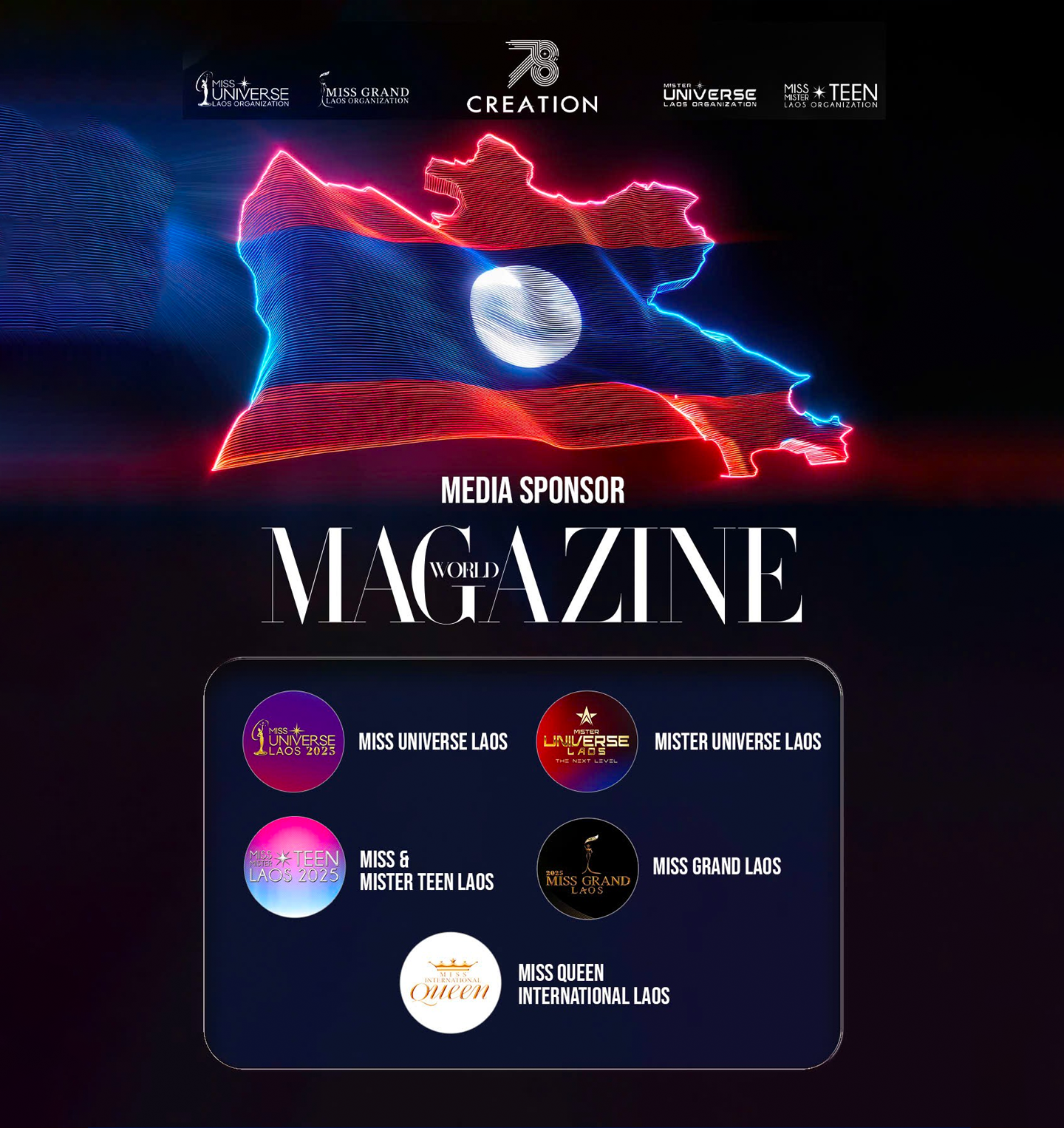At Marc Jacobs’ latest runway show in New York, beauty took on a new poetic dimension. With makeup by Pat McGrath and hair by Duffy, the looks captured a tender rebellion—where romance, individuality, and ethereal chaos reigned supreme.
The return of romance—with an edge
In the world of Marc Jacobs, romance isn’t what you think it is. At his 2026 runway show at the New York Public Library, the iconic designer declared romanticism as the biggest beauty trend of the year. But forget lace and roses—Jacobs’ romance is moody, defiant, and deeply personal. It’s about “soft chaos,” a term that came to life through the dreamy-yet-subversive beauty looks crafted by makeup legend Pat McGrath and hairstylist Duffy.
“Marc was obsessed with simple, absolute beauty,” McGrath said backstage. That obsession played out in flushed cheeks, deliberately clumpy lashes, and lids dusted in barely-there pastels like baby blue and lilac. It was a nod to vintage cosmetic ads—think ingénue meets punk poet—but with Jacobs’s signature twist. Each model’s face became a canvas of raw elegance, where innocence met attitude.
The emotional register of the look was unmistakable. “They looked like they’d just run through a meadow to meet their first love,” McGrath mused. The result? A parade of models that felt touched by something ineffable—something poetic.
Makeup as mood: glow, blur, and bold softness
Despite the delicacy of the palette, nothing about the beauty look was fragile. McGrath applied makeup not to mask, but to reveal. “We used sheer blush, soft contouring, and bright inner corners to awaken the eyes,” she explained. “It’s about bringing out what’s already there.” Skin was luminous and dewy, not shimmery or slick. Cheeks were softly flushed with McGrath’s Glow Balm, and lashes were coated generously in FetishEYES Mascara on both top and bottom, resulting in a wide-eyed, almost doll-like effect.
On the lips, rebellion whispered through blurred outlines. McGrath blended her Legendary Long-Wear Lip Liners in Contour and Rebel Rose, then gently blotted them for a just-bitten finish. There were no glossy finishes or crisp edges—only the suggestion of color, like remnants of a kiss.
Though each of the 19 models wore a slightly different version of the look, a clear thread tied them together: light, freedom, and romantic individuality. From powdery pastel eyes to angelic cheekbones, each face told its own story—vulnerable yet empowered, delicate yet daring.
Hair as identity: celebrating imperfection
While the makeup provided a modern-day cherub effect, the hair told its own story of free-spirited elegance. Duffy, the show’s hairstylist, took Jacobs’s romantic vision and translated it into what he called an “army of individuality.” In a beauty landscape often dominated by symmetry and sleekness, this approach felt radical.
He leaned into undone glamour, using vintage styling techniques like roller sets and oversized bows to craft voluminous waves, soft braids, and lived-in texture. “These are classic elements, yes,” Duffy said, “but in Marc’s world, it doesn’t look so classic.” There was no uniformity, no symmetry for symmetry’s sake—just an honest embrace of whatever felt beautiful for each model.
Some models had long, cascading locks with oversized accessories tucked in casually. Others sported romantic braids or tousled waves that looked like they were formed during sleep. The look wasn’t about perfection—it was about play. It was about letting go of control in favor of character.
The future of beauty: personal, poetic, and imperfect
Marc Jacobs’s take on romanticism is perhaps less about aesthetics and more about philosophy. It asks: What does beauty look like when we stop trying to conform? The show made a case for embracing what makes us different and elevating it—not smoothing it out. It also reminded us that romance isn’t just a visual language; it’s an emotional one. A bit of blush, a smudge of mascara, a curl out of place—all of it has power when placed in the right context.
With McGrath’s touch and Duffy’s perspective, the models didn’t just look beautiful—they looked alive. They looked like people with stories, secrets, and spark. And in an era where authenticity is more valuable than polish, that’s perhaps the most romantic gesture of all.
Jacobs’s 2026 show tells us the future of beauty won’t be dictated by perfection or uniform trends. Instead, it’s about creating space for nuance, softness, and the art of showing up as yourself—rosy cheeks, messy curls, blurred lipstick and all. It’s about falling in love with individuality again. And in that, there’s nothing more beautiful.






